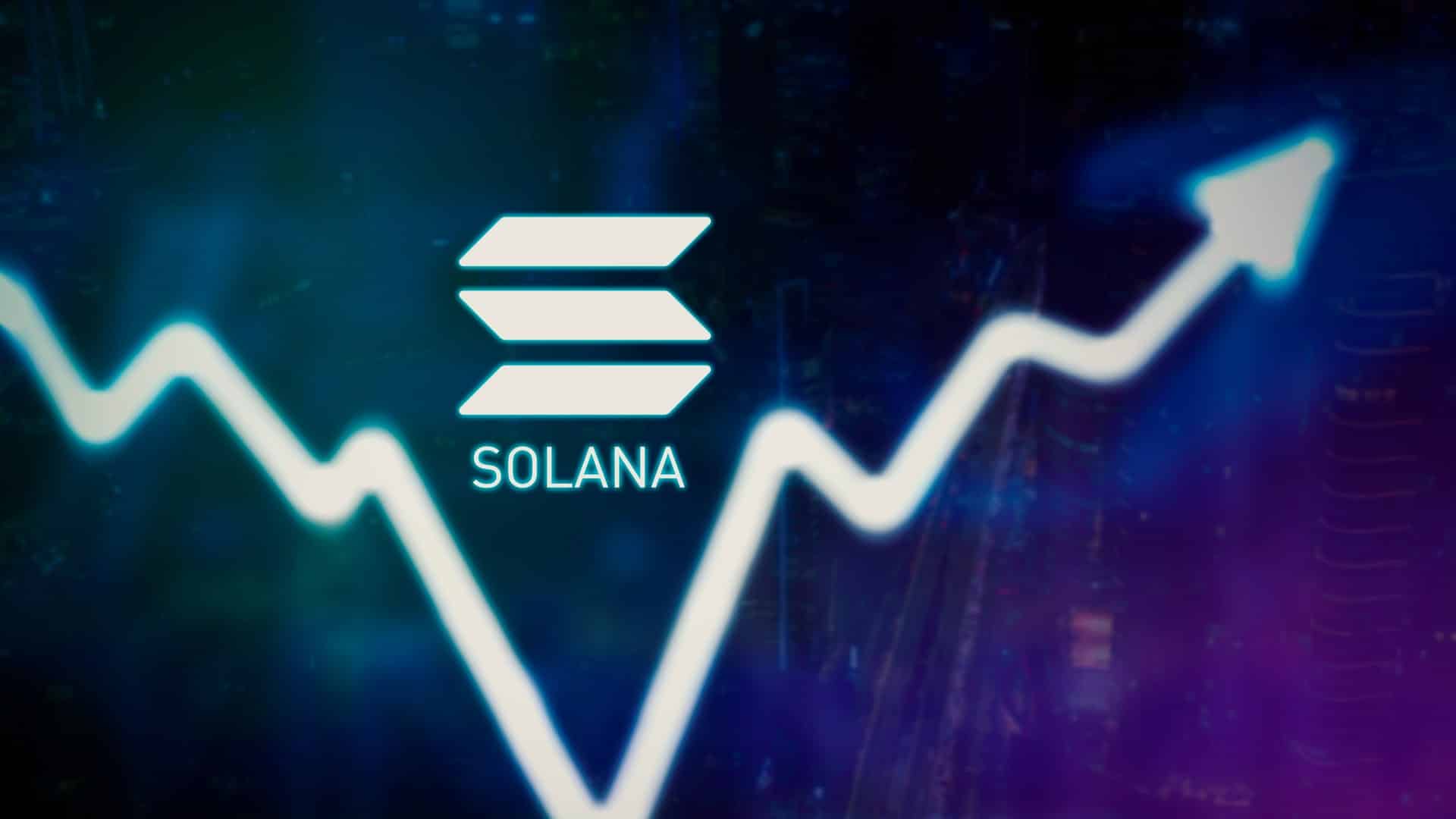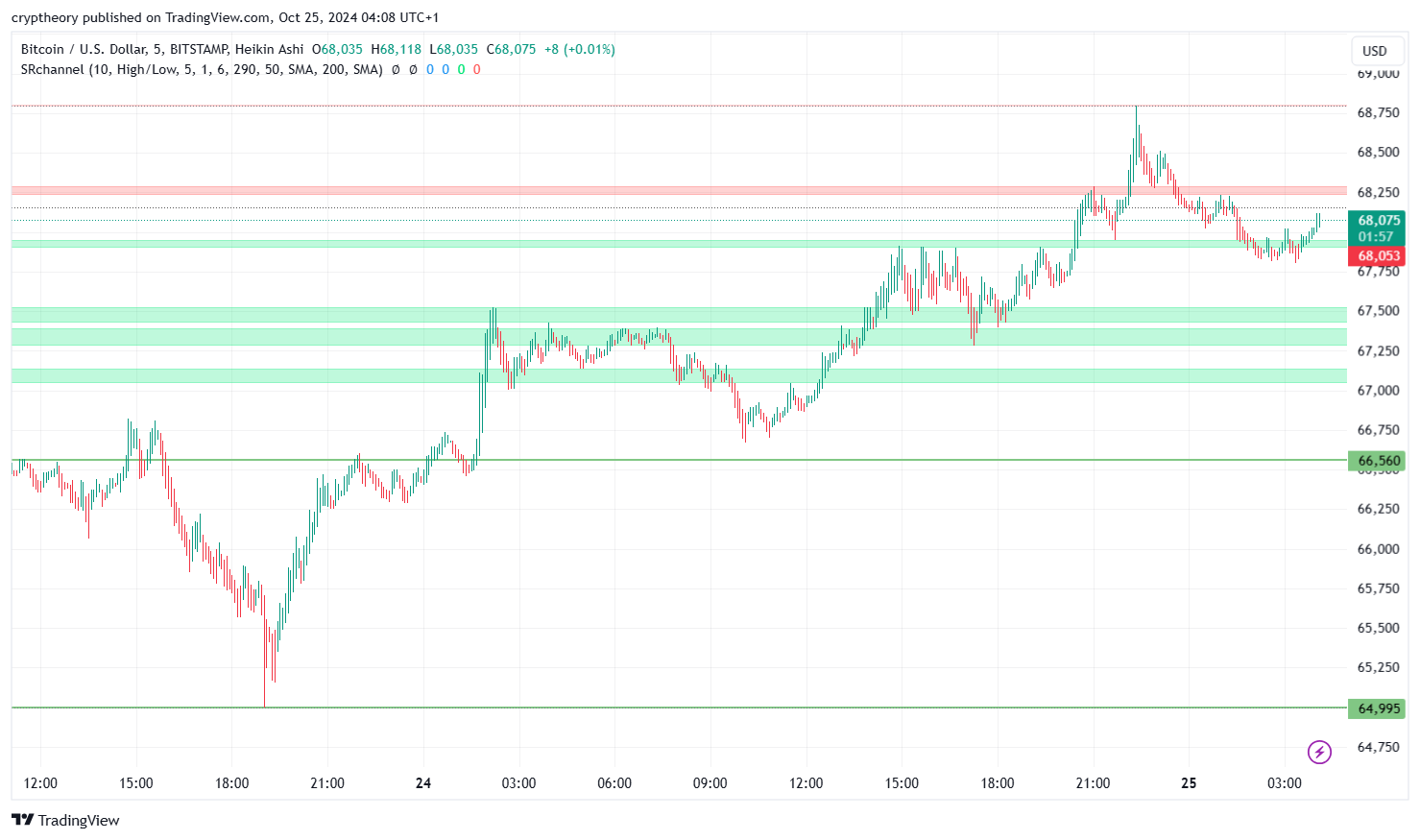There’s no denying that stablecoins are gaining traction. In light of this, a new report from blockchain analytics firm Chainalysis has found that they are frequently used for money laundering.
Kim Grauer, Director of Research at Chainalysis, told that crypto money laundering occurs when an on-chain wallet becomes associated with criminal activity.
“Exchange heists, cryptocurrency scams and darknet market revenues are examples of on-chain money laundering, rather than off-chain activities such as narcotics trafficking and fraud,” Grauer said.
“ Because this flow of activity, from the placement stage to the conversion stage, occurs entirely on-chain, we refer to this as crypto-native money laundering.”
Chainalysis’ “Money Laundering and Cryptocurrency” report finds that a growing share of illicit funds passing through intermediary wallets are represented by stablecoins. This is consistent with Chainalysis’ previous findings that stablecoins now account for the majority of all illicit transaction volume.
Our Money Laundering report reveals how bad actors now use crypto to launder funds from off-chain crimes — not just crypto-native crimes like ransomware. We explore advanced tracing techniques and how blockchain data is leading the fight against fincrime.https://t.co/32ApuphHpU
— Chainalysis (@chainalysis) July 11, 2024
Why are stablecoins used for money laundering?
According to Grauer, there is no direct link between stablecoins and illicit activities. However, the Chainalysis report notes that, “both good and bad actors generally prefer to hold funds in an asset with a value that will not change based on market fluctuations.”
The increasing use of stablecoins for money laundering could also be attributed to “non-crypto native” criminals using cryptocurrencies more frequently. Grauer noted that traditional money launderers are beginning to utilize crypto networks to create “large-scale money laundering infrastructure.”
This appears to be the case. Alan Orwick, co-founder of Quai Network – a Layer-1 solution – told that the Chainalysis report highlights sanctioned entities as the main driver of illicit transaction volume.
“Specifically, the $14.9 billion in volume from sanctioned entities represents 61.5% of all illicit transaction volume, dwarfing other categories such as darknets, malware and stolen funds,” Orwick said.
“Stablecoins offer a lucrative means of accessing the stability of the US dollar, even in the face of sanctions that are more easily enforceable in systems like SWIFT.”
Disadvantages of using stablecoins for money laundering
While stablecoins are increasingly being used for money laundering, Grauer said there is no technical characteristic associated with stablecoins that makes them preferable for illicit activities.
In fact, Grauer highlighted that stablecoin issuers can freeze illicit funds if they appear suspicious. Echoing this, Jonathan Thomas, CEO and co-founder of Blueberry Protocol, told that stablecoin issuers have been addressing the issue of sanctioned entities by blocking or freezing such addresses.
Just to give you an example, stablecoin issuer Tether (USDT) recently froze $5.2 million worth of USDT in an effort to combat money laundering.
The illicit funds were eventually flagged by blockchain tracking platform MisTrack. The frozen USDT was distributed across 12 Ethereum (ETH) wallets, flagged as “Banned USDT Addresses.” The funds were suspected to have been laundered through various phishing schemes.
Furthermore, Tether also froze addresses associated with sanctioned entities in April this year. This was in response to allegations that Venezuela’s state-owned oil company, PDVSA, was using USDT to circumvent sanctions imposed on its crude oil and fuel exports.
“The blocking or freezing of funds is done by tracking certain patterns when it comes to how stablecoins are used,” Thomas explained. “When an issuer sees a malicious pattern, that’s when they freeze transactions.”
Grauer added that Chainalysis’ data analysis can help identify intermediary wallets that hold a large concentration of funds tied to crypto-native criminal activity. This is because these wallets often act as consolidation points, holding crypto deposited from multiple other intermediary wallets.
“We define intermediaries as unidentified, distinct wallets between two known endpoints,” Grauser said.
“In the case of money laundering, the intermediaries are between an illicit wallet and a conversion service. So it could involve a transfer (or multiple transfers) from a cybercriminal to a professional money launderer. Or it could be an individual sending cryptocurrencies through many individual private wallets that he or she controls.”
Regulations aim to prevent illicit activities using cryptocurrencies
Thomas added that freezing or blocking funds is one example of how illicit transactions with stablecoins can be prevented. However, he noted that regulations focused on dealing with bad actors or sanctioned entities will help reduce such activity.
Fortunately, Grauer highlighted that this is underway. She noted that existing regulations like the European Union ’s Fifth Anti-Money Laundering Directive , along with the Travel Rule and anti-money laundering (AML) requirements, are all important advances in the global enforcement of anti-money laundering.
“Combined with enhanced Know Your Customer (KYC) and AML protocols from cryptocurrency exchanges and traditional financial institutions, blockchain transaction monitoring systems and intelligence tools can enable a sustainable and secure framework that allows innovation without illicit activity,” Grauer said.
With this in mind, Grauer is hopeful for a decrease in on-chain money laundering in the future. However, she noted that regulations are still being erected in many countries, so it remains difficult to predict short-term trends.
- Bitcoin Whales Cash In Millions Amid Recent Rally - November 20, 2024
- Hidden Pattern on XRP Charts Suggests a 500% Surge – Is It Finally Moon O’Clock? - November 20, 2024
- $PNUT Up 325% In 7 Days, Heading To New Record – Will This New Altcoin Be The Next Hot Deal? - November 19, 2024


























